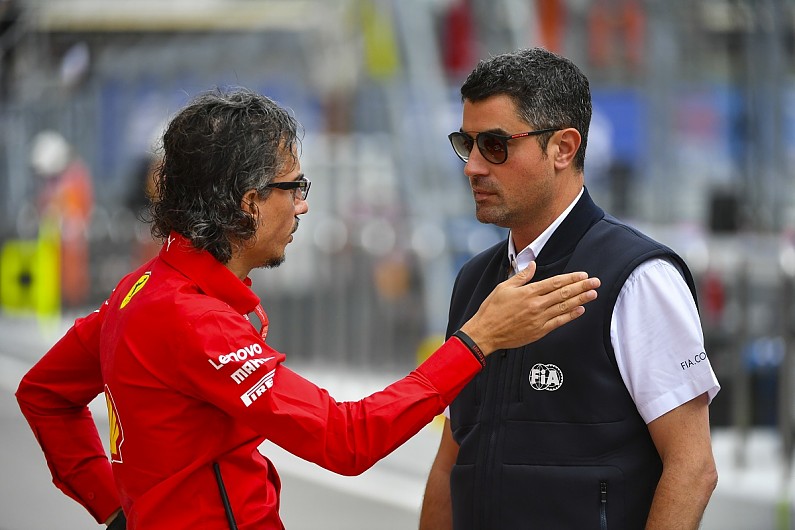Last week’s bombshell announcement from the FIA that it had concluded an investigation into Ferrari’s Formula 1 power unit came as a surprise to all in the paddock.
That not least because of the use of the phrase “settlement”, where the implication appeared to be that there was some kind of trade-off between the two parties that had allowed Ferrari to escape sanctions.
The seven non-Ferrari affiliated teams made their frustration at the lack of communication clear in the joint statement that they issued on Wednesday.
In it, they said that “an international sporting regulator has the responsibility to act with the highest standards of governance, integrity and transparency.
“After months of investigations that were undertaken by the FIA only following queries raised by other teams, we strongly object to the FIA reaching a confidential settlement agreement with Ferrari to conclude this matter.
“Therefore, we hereby state publicly our shared commitment to pursue full and proper disclosure.”
So why did it all happen amid such secrecy in this case? The procedure used was an unusual one, but is outlined in the FIA’s own Judicial and Disciplinary rules document.
This document explains how an investigation can be conducted behind closed doors as an initial step, before the FIA decides either to drop it or to proceed further by taking the matter to the International Tribunal for a more formal process.
In the current case the FIA chose not to proceed to the IT – for reasons that remain unclear.
The FIA notes: “The prosecuting body may, either at its own initiative or at the request of any interested party, conduct an inquiry into any actions or conduct of a person under the jurisdiction of the FIA and suspected of having committed one of the offences set out in Article 8.2.”
That particular article contains a long list of possible offences, but the basic one involved here is simply having “contravened the statutes and regulations of the FIA.”

In setting up an investigation the prosecuting body can “appoint a person of its choice to represent or assist it in the conduct of an investigation”, and may also call upon technical delegates or stewards in the process.
At the conclusion of the investigation, the FIA can either proceed by taking the case to the International Tribunal, close the investigation, or – in Ferrari’s case – reach a settlement with the defendant.
The FIA can also grant immunity for those who cooperate “in good faith”, but can be revoked if it is found that the evidence given is false.
As noted immunity was not mentioned in last week’s statement, but the wording certainly suggested a positive co-operation, and perhaps a hint that Ferrari had in effect highlighted some loopholes that can now be addressed, along with a curious reference to the Italian team providing help with future research on emissions and sustainability.
However, one paragraph within the judicial rules is a crucial one, and it explains why in the Ferrari statement the FIA also said “the specifics of the agreement will remain between the two parties.”
The rules state: “The prosecuting body and all persons taking part in the inquiry are bound by an obligation of confidentiality vis‐à‐vis third parties not concerned with the inquiry.
The first sentence suggests an interesting legal question: are the seven F1 teams who do not use Ferrari engines “third parties not concerned with the inquiry?”
One suspects that Toto Wolff, Christian Horner and anyone else whose cars were beaten by an SF90 over the course of last season, would disagree.
It’s also worth noting the section in the rules that references confidentiality doesn’t specify that it results specifically from a settlement – so that difference doesn’t explain why no details have been forthcoming.
What legal steps will the angry seven teams take next? And how will the FIA respond? This story is far from over yet.
